Honduras Sweet Orange Manor | COE Award-winning Sweet Orange Manor with Xinqi Orange flavor
Professional coffee knowledge exchange more coffee bean information please follow the coffee workshop (Wechat official account cafe_style)
[Honduras Sweet Orange Manor]
Honduras El Naranjo
Country: Honduras
Producing area: Makala Marcala
Altitude: 1425 m
Variety: Kaduai
Treatment: washing
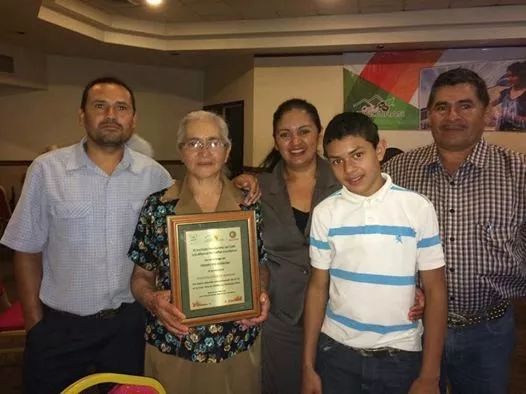
| 01 | production area description |
Honduras is located in central Central America, bordered by the Caribbean Sea to the north, the Pacific Ocean to the south, Guatemala to the west, El Salvador to the southwest and Nicaragua to the southeast. It covers an area of 112492 square kilometers and the coastline is about 1033 kilometers long. The whole territory, except the coastal plain, is mountainous, with the highest elevation of 3000 meters in the northwest and more than 2400 meters in the south. The main rivers in the territory are the Koko River, the Patuca River and the Wulu River. Rivers from inland mountains crisscross and flow into the two oceans. Many basins and river valleys are formed between the various mountain ranges. The larger basins are the Siria and Rapagu Alai basins, and the main river valleys are the Komayagua and Hamastland River valleys.
The whole country can be divided into four natural geographical areas: the eastern low area, the northern coastal alluvial plain area, the central high area and the Pacific coastal low area. Coastal islands are dotted with the main islands being the Baya Islands and the Tigris Islands in the Gulf of Fonseca. The terrain of Honduras is complex and the climate is diversified. Located in the coastal plain of Central America, it has a tropical rain forest climate, with an average annual temperature of 31 ℃. The mountain belongs to subtropical forest climate, the annual average temperature is 23 ℃, and the rainy season is from June to November.
For coffee production, the geographical conditions of Honduras are no less than those of its neighboring coffee-producing countries such as Guatemala and Nicaragua. There are 280000 hectares of coffee plantations in Honduras, mainly small coffee plantations, most of which are less than 3.5ha. These coffee plantations account for 60% of the total coffee production in Honduras. In the coffee garden, because the planting area belongs to the mountain area, people pick coffee beans by hand, and then process them carefully in order to produce better quality coffee beans. Honduras collects 3 million bags of coffee every year and provides you with multi-quality coffee. It has become one of the top ten coffee exporters in the world.
Sweet Orange Manor (El Naranjo) is located in Marcala, one of the most famous producing areas in Honduras. Honduras is born with suitable soil and water, and there are a number of high-quality coffee trees growing in Honduras. The manor is also named after the shade tree, so the shade tree of the sweet orange manor is a tall wild orange tree, the aroma of wild orange is very strong, there is a rare rich sweetness in growing coffee here, and orange fruit trees also inject rich flower and fruit aromas into the coffee. The varieties now grown on the estate are Kaddura, Bourbon and Rosa. In addition to fruit trees and coffee trees, the manor also has windbreak walls to protect coffee and fertilizer mainly composed of fresh coffee fruit shells.
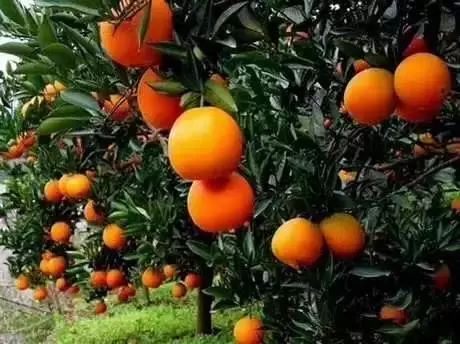
Last year, when the Sweet Orange Manor won the 14th place in the Outstanding Cup contest in 2016, the female owner Carmen Fabiola Fiallos Melendez finally realized her dream of becoming a boutique coffee farmer. Makara belongs to the La Paz region and produces coffee on a par with Santa Barbara, another famous producing area in Honduras. The Caballero family also has a farm in Makala, and they won the 2016 championship on La Paz's farm.
Unlike large estates, the Dominguez are both landowners and coffee farmers, and it was only after their marriage that Carmen began to make coffee. The two work well together, she is in charge of the harvest and drying process, her husband is in charge of peeling and peeling, and they hope to pass on not only a coffee farm, but also a passion for coffee to their two children. The family has been involved in the planting and promotion of coffee trees for generations. Roger is the third generation of manor users. He began to grow coffee from his ancestors and now owns four manors through the efforts of his family. Sweet Orange Manor is one of his family. The whole manor covers an area of 43 hectares, with an average elevation of 1650m.
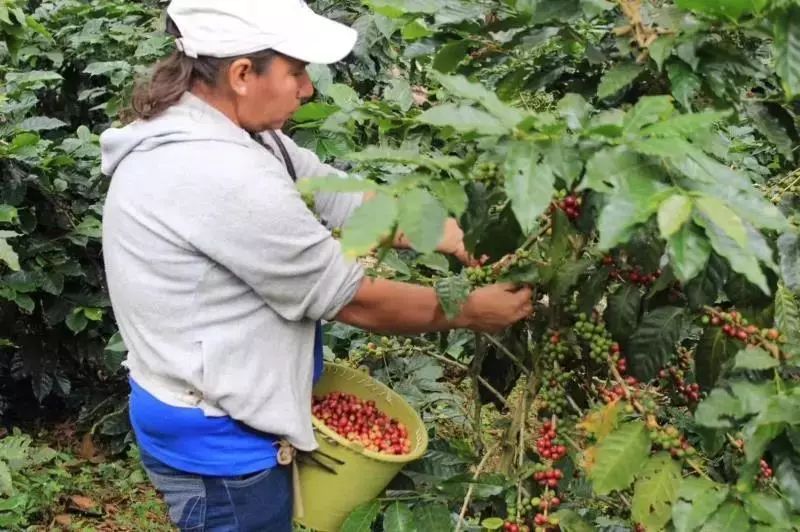
The granules of coffee beans in Honduras are large in shape, uniform in size and glossy in color. In order to facilitate harvesting, farmers will trim the coffee trees to no more than 150 centimeters, because if they grow too high, they have to set up ladders to pick, which is not only time-consuming, but also may damage the trees by bending branches. As the ripening period of each fruit of coffee beans is different, in order to maintain the good quality of coffee beans, it is necessary to pick them manually, and then select the ripe fruits. For coffee fruits of the same branch, it often takes several weeks to pick them all.
02 | handling method
Due to too many shortcomings of the sun method, the water washing method was invented. Water washing is the most widely used treatment method at present, and the biggest difference from the sun method is the use of fermentation to remove the pectin layer.
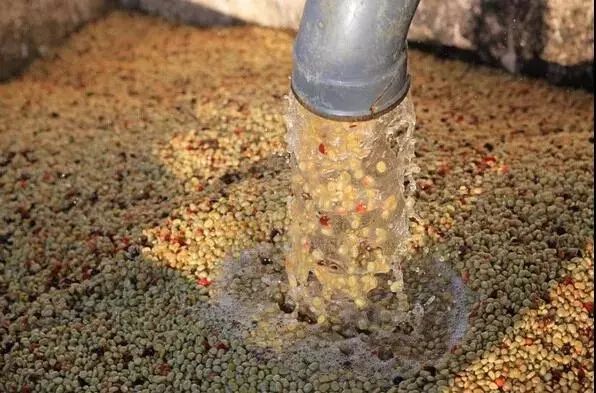
Treatment process
1. Remove floating beans:
When the coffee beans are poured into a large tank, the immature inferior beans will surface, and the ripe and full fruits will sink to the bottom of the water. At this time, the floating beans on the surface will be removed, that is, the steps of removing the floating beans will be completed, and the fruits of high quality will be selected. Usually the bigger the fruit, the better the maturity.
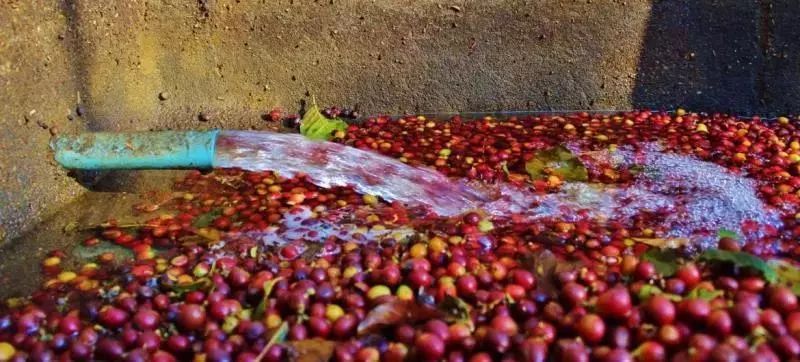
two。 To remove the peel and pulp:
Through the pulp screening machine, the exocarp and pulp of coffee fruit are removed. It leaves pectin, endocarp and silver peel.
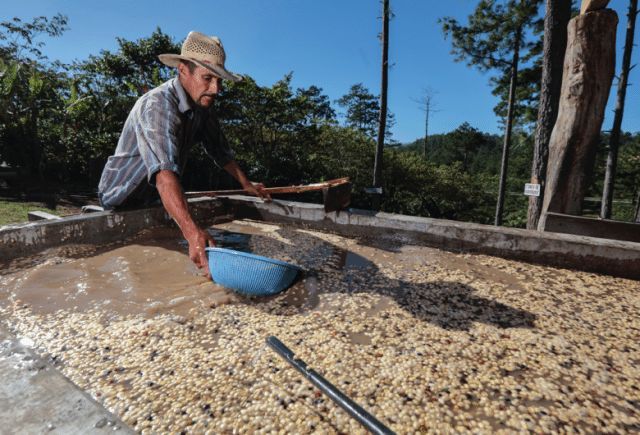
3. Fermentation:
The purpose of this step is to use biological treatment to remove pectin. Put the coffee fruit treated by the pulp screening machine into the fermentation tank for 16-36 hours, and the fermentation bacteria will dissolve the pectin.
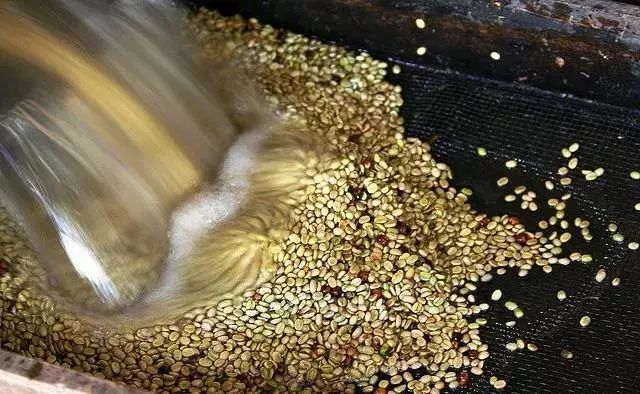
4. Washing:
After completing the fermentation and removing the pectin, the coffee beans will be cleaned again because the fermentation bacteria and impurities will remain on the coffee beans. In order to clean it, this step consumes a lot of water and finally uses the sun drying method, so it always has a light fruity flavor in the taste.
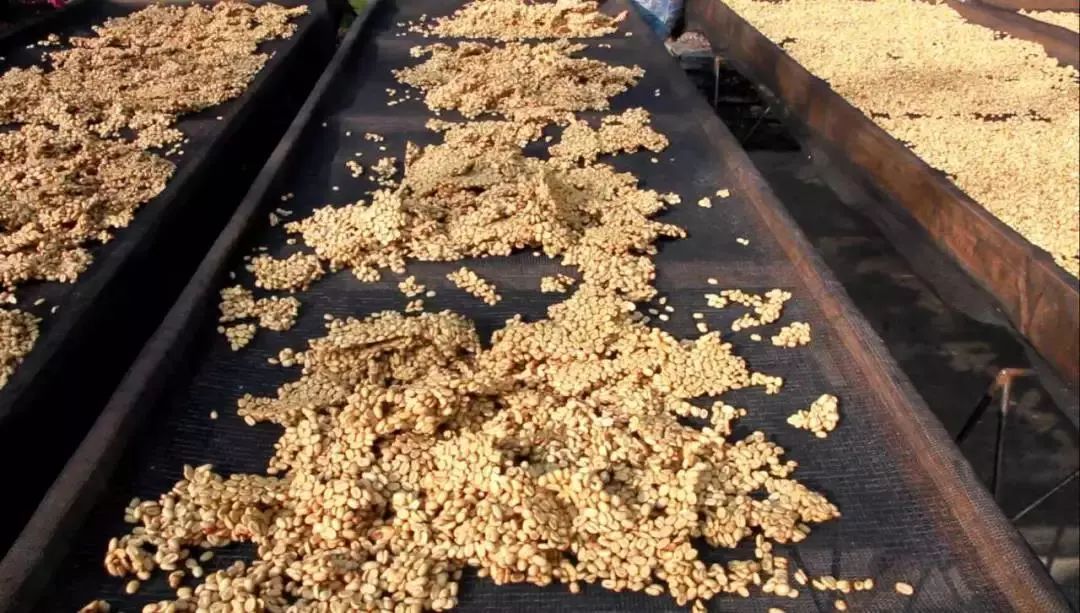
5, dry
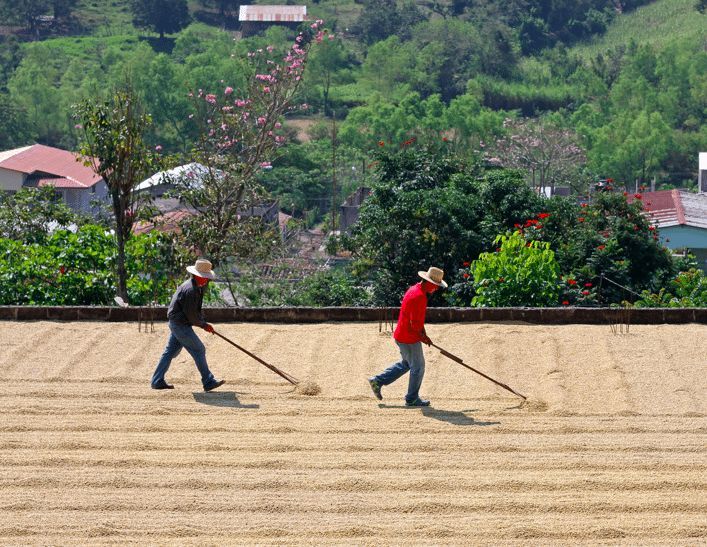
03 | Analysis of raw beans
Kaduai is a kind of bean that we often encounter, and many high-quality American beans are actually Kaduai. In 1949, the Agricultural Research Institute (Instituto Agronomico;IAC) of Campinas in Sao Paulo, Brazil, crossbred the "New World" bean seed with Huang Kadura to develop Kaduai, which was officially released in 1972 after several generations of selection.
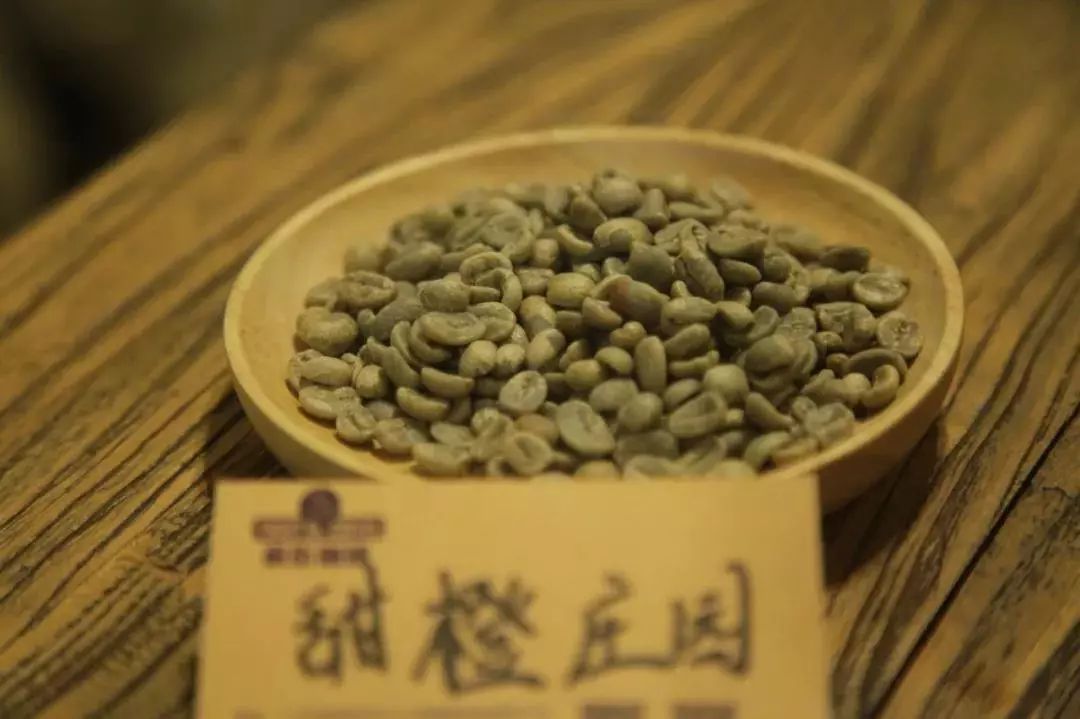
Kaduai is very popular with farmers, with high yield, similar to Kaddura, short plants, suitable for intensive planting, and good resistance to natural disasters, especially wind and rain. It inherits the advantages of Kaddura's low tree stature and changes Mondonwood's shortcomings; another advantage is that the results are solid and are not easy to fall off when the strong wind blows, which makes up for the weakness of Arabica fruit. After its official release in the 1970s, it was extended to Central American countries, widely cultivated in Guatemala, Honduras, Panama, and Brazil of origin. Simply considering the flavor, under the appropriate local conditions and treatment, Kaduai can have a quite wonderful flavor.
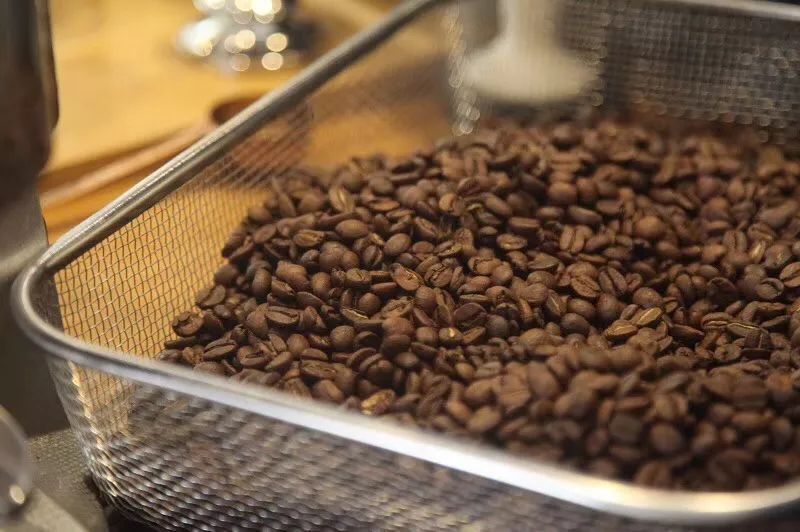
Kaduai was introduced into Honduras in 1979 and officially launched in 1989. It is popular with farmers and accounts for more than half of all production in Honduras today. Because Kaduai's plants are short and can be planted densely, the flavor at an altitude of more than 1300 meters is also very good, the only disadvantage is that it is very vulnerable to diseases and insect pests. IHCAFE in Honduras is trying to develop a hybrid of Kaduai and Katim to improve disease resistance.
04 | Baking analysis
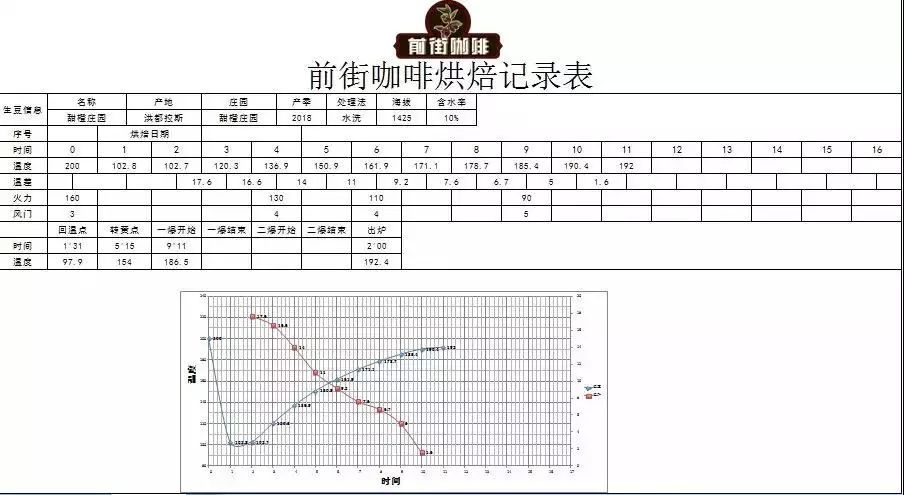
This coffee belongs to the SHB grade, the bean density is moderate, the yellowing point is about 5 minutes and 15 seconds, then reduce the firepower and open the throttle to enter the Mena reaction, open the throttle when an explosion, keep the firepower, the temperature is about 192.4 ℃, 2 minutes and 00 seconds after the explosion.
Roaster Yangjia 600g semi-direct fire
The furnace temperature is preheated to 200 degrees into the pot, the throttle is opened at 3jing30s, the firepower is adjusted to 160, the temperature recovery point is 1: 31 ", keep the firepower, 5: 15" turns yellow, the smell of grass disappears, enters the dehydration stage, the firepower is reduced to 130, the throttle is opened to 4, and the firepower is reduced to 110 again at 170 degrees.
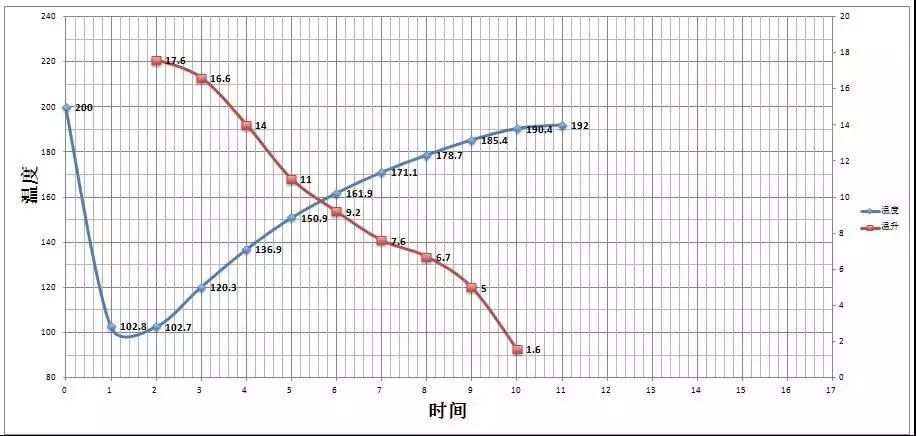
When the dehydration is completed at 8pm, the bean surface shows wrinkles and black markings, and the smell of toast changes to coffee, which is a prelude to an explosion, when the firepower remains the same, the throttle opens to 5, and listen to the sound of the blast. when the explosion starts at 9: 11 ", the throttle is fully open for 5. The development time after the explosion is 2 minutes and the pot is 192.4 ℃.
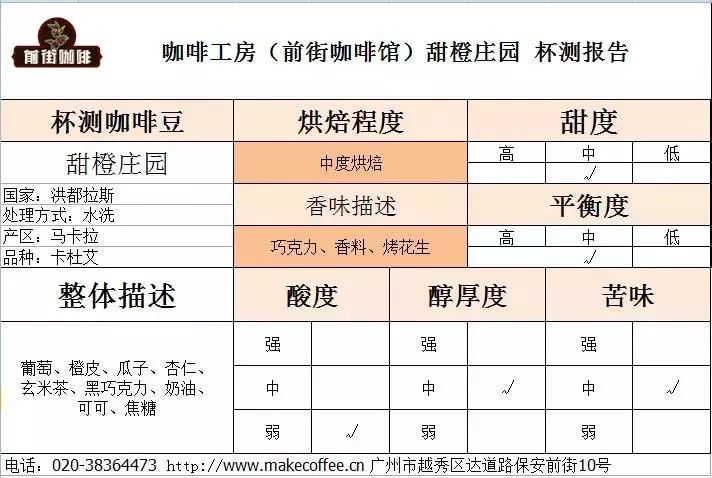
Flavor: this bean is washed in water with dry aromas of spices and roasted peanuts, giving the beans elegant acidity, soft citrus acid, orange, cantaloupe, cream, nuts, dark chocolate and a sweet finish.
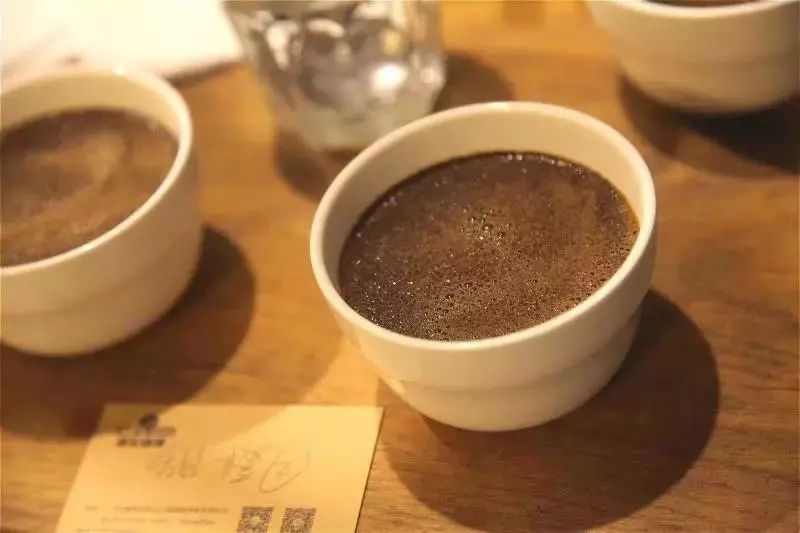
05 | Cooking analysis
When all the coffee powder stacked in the filter cup can be soaked evenly in hot water (not just constantly repeatedly extract a small part of the coffee powder, to avoid excessive soaking in caffeine countries to produce sour taste, to achieve a full and balanced taste, mellow and sweet, the state of rich taste
The shape of the penetrating water column is probably thick at the top and thin at the bottom, that is, the width of the water from the spout should be wide, while the shape at the end of the tail section should be sharp.
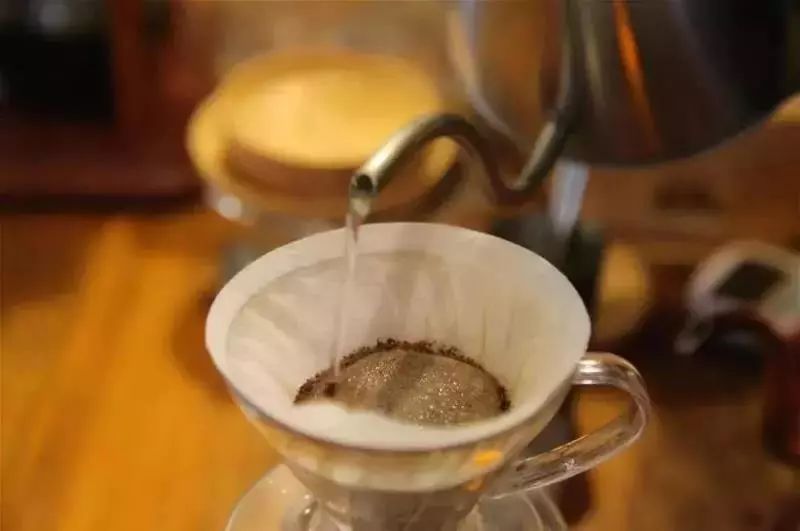
Recommended cooking methods: siphon, hand flushing
Degree of grinding: 3.5 (Japanese little Fuji R440)
V60 filter cup, 15g powder, water temperature 89 degrees, grinding 3.5.The ratio of water to powder is close to 1:15
Steaming in 30 grams of water for 30 seconds
Section: water injection to 120g cut off, slow water injection to 225g
That is, 30-120-225g
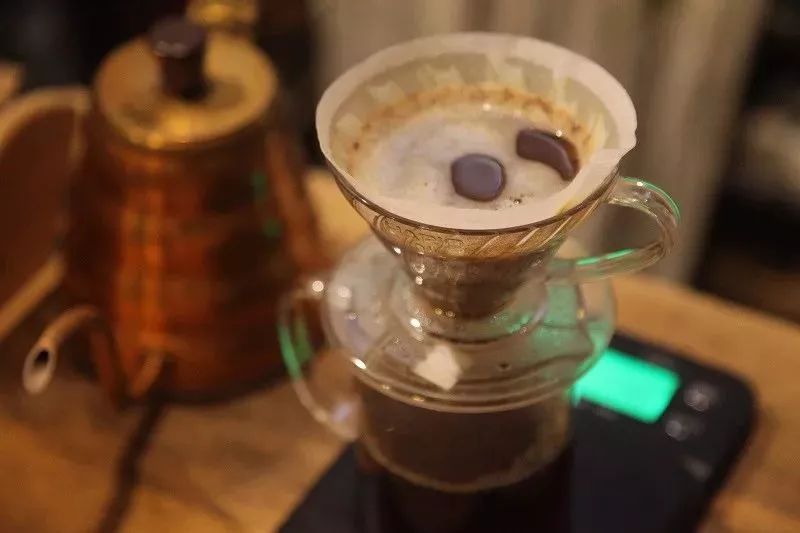
Other suggestions for trickling extraction:
Normal pressure, recommended 3.5-4 degree of grinding / water temperature 86-88 °C
Philharmonic pressure, recommended 2.5 grinding degree, water temperature 86-88 °C

The dry aroma has some aromas of spices, roasted peanuts and chocolate, while the wet aroma has a hint of herbs, giving you a distinct taste of orange peel, nuts, cream and a bit like a cup of lemon tea.
Important Notice :
前街咖啡 FrontStreet Coffee has moved to new addredd:
FrontStreet Coffee Address: 315,Donghua East Road,GuangZhou
Tel:020 38364473
- Prev
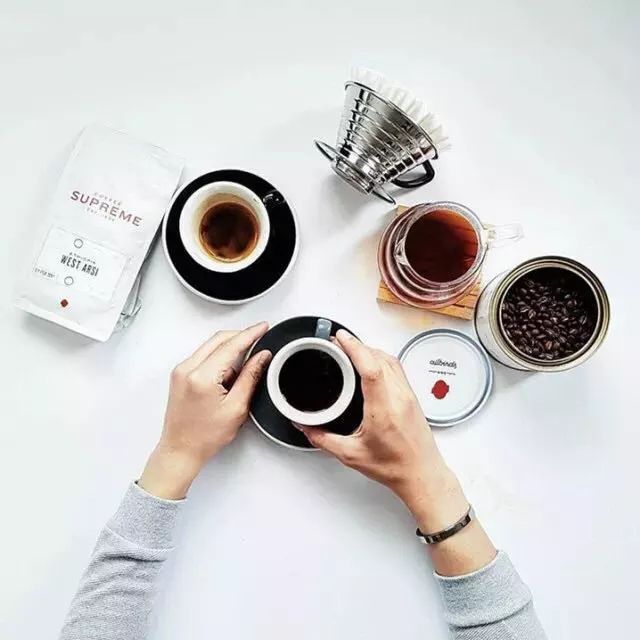
The characteristics of coffee in Africa-feel the charming acidity of coffee, how to taste it
Professional coffee knowledge exchange more coffee bean information please follow coffee workshop (Wechat official account cafe_style) Coffee Xiaobai Advanced Level 3, began to accept sour coffee, distinguish various acidity, experience acidity, from Coffee Xiaobai Advanced Level 1 Advanced Coffee Level 2, slowly began to like to drink African beans. Coffee beans from three continents have their own characteristics, to put it simply
- Next
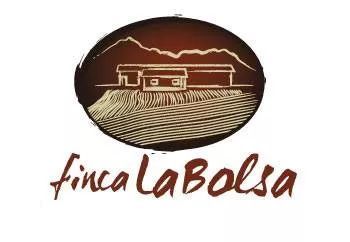
[dangerous Marapolsa] | Story of walking into Polsa Manor
Professional coffee knowledge exchange more coffee bean information please follow Coffee Workshop (Wechat cafe_style) Huehuetenan go Guatemala Finca La Bolsa Polsa Manor in Guatemala: Vivette Nango Manor: Polsa Manor elevation: 1500 meters above sea level: Pacamara treatment: washing 01 | production area profile Guatemala faces Mexico in the north and Mexico in the south.
Related
- Does Rose Summer choose Blue, Green or Red? Detailed explanation of Rose Summer Coffee plots and Classification in Panamanian Jade Manor
- What is the difference between the origin, producing area, processing plant, cooperative and manor of coffee beans?
- How fine does the espresso powder fit? how to grind the espresso?
- Sca coffee roasting degree color card coffee roasting degree 8 roasting color values what do you mean?
- The practice of lattes: how to make lattes at home
- Introduction to Indonesian Fine Coffee beans-- Java Coffee producing area of Indonesian Arabica Coffee
- How much will the flavor of light and medium roasted rose summer be expressed? What baking level is rose summer suitable for?
- Introduction to the characteristics of washing, sun-drying or wet-planing coffee commonly used in Mantenin, Indonesia
- Price characteristics of Arabica Coffee Bean Starbucks introduction to Manning Coffee Bean Taste producing area Variety Manor
- What is the authentic Yega flavor? What are the flavor characteristics of the really excellent Yejasuffi coffee beans?

